|
Selfing rates vary widely among natural populations of the perennial wildflower Mimulus ringens. Increased selfing is positively correlated with floral display size and negatively correlated with pollinator visitation and plant density. This suggests that among‐population variation in selfing rate reflects the interaction between ecological and genetic factors. GET THE PAPER ! Christopher DA, Karron JD, Semski WR, Smallwood PA, Trapnell DW, Mitchell RJ. 2021. Selfing rates vary with floral display, pollinator visitation and plant density in natural populations of Mimulus ringens. JOURNAL OF EVOLUTIONARY BIOLOGY 2021 doi.org/10.1111/jeb.13781
Among-plant variation in siring success plays an important role in natural selection on floral traits. This variation is influenced by two distinct processes, which are rarely studied in unison. Pollinator-mediated interactions influence pollination success, the rate of pollen deposition onto stigmas. Then, in the post-pollination phase, pollen competition may cause realized paternity to differ from patterns of pollen receipt. In this paper we explore the interplay between pollination and postpollination success, and how these processes respond to ecological factors such as pollination intensity. We note that the relative contribution of pollination and postpollination processes may not be constant, and may vary widely with pollination intensity. GET THE PAPER ! Christopher, D.A., Mitchell, R.J. and Karron, J.D., 2019. Pollination intensity and paternity in flowering plants. Annals of Botany https://doi.org/10.1093/aob/mcz159 Most flowering plants are hermaphrodites and gain fitness both through male function (ex-porting pollen, siring seeds) and female function (receiving pollen, producing seeds). Most studies that assess mate diversity focus on paternity (number of sires per fruit or maternal plant) and very rarely are both male and female components of genetic diversity of mates analyzed. By constructing an experimental array of 49 unique genets of Mimulus ringens, subsequently naturally pollinated by wild bumblebees, Christopher et al. use DNA paternity analyses on the offspring to quantify mate composition through male and female function. They found that the identity of mates was significantly different through the two sexual functions. In fact, the plants on which an individual sired seeds, and the fathers of seeds of that individual, were rarely the same. The authors conclude that having dual sexual functions can nearly double mate diversity, and this may help explain the persistence of hermaphroditism under conditions that might otherwise favor the evolution of separate sexes.
GET THE PAPER ! Christopher DA, Mitchell RJ, Trapnell DW, Smallwood PA, Semski WR, Karron JD. 2019. Hermaphroditism promotes mate diversity in flowering plants. American Journal of Botany doi.org/10.1002/ajb2.1336 OPEN ACCESS
Blog post reprinted with permission from Botany One
Whitehead, M.R., Lanfear, R., Mitchell, R.J. and Karron, J.D., 2018. Plant mating systems often vary widely among populations. Frontiers in Ecology and Evolution, 6: 38 https://doi.org/10.3389/fevo.2018.00038 Most flowering plants are hermaphroditic, yet the proportion of seeds fertilized by self and outcross pollen varies widely among species, ranging from predominant self-fertilization to exclusive outcrossing. A population's rate of outcrossing has important evolutionary outcomes as it influences genetic structure, effective population size, and offspring fitness. Because most mating system studies have quantified outcrossing rates for just one or two populations, past reviews of mating system diversity have not been able to characterize the extent of variation among populations. Here we present a new database of more than 30 years of mating system studies that report outcrossing rates for three or more populations per species. This survey, which includes 741 populations from 105 species, illustrates substantial and prevalent among-population variation in the mating system. Intermediate outcrossing rates (mixed mating) are common; 63% of species had at least one mixed mating population. The variance among populations and within species was not significantly correlated with pollination mode or phylogeny. Our review underscores the need for studies exploring variation in the relative influence of ecological and genetic factors on the mating system, and how this varies among populations. We conclude that estimates of outcrossing rates from single populations are often highly unreliable indicators of the mating system of an entire species.
Sudden declines of frequent and effective pollinators are often assumed to reduce pollination success. Yet this assumption has rarely been tested experimentally and may depend upon responses of other pollinators in the community. Hallett et al. temporarily excluded bumble bees in populations of the milkweed Asclepias verticillata, and quantified pollinator visitation rates and pollen receipt in both control and bumble bee exclusion plots. Asclepias pollination success did not decline following bee exclusion due to a nearly three-fold increase in wasp visitation. This highlights the importance of studies that explore the effectiveness and compensatory responses of other pollinator species in the community.
Here is a link to the paper: https://doi.org/10.1093/aobpla/plx020 Pollination success following loss of a frequent pollinator: the role of compensatory visitation by other effective pollinators Allysa C. Hallett, Randall J. Mitchell, Evan R. Chamberlain, and Jeffrey D. Karron |
Click to set custom HTML
Archives
March 2021
Categories |
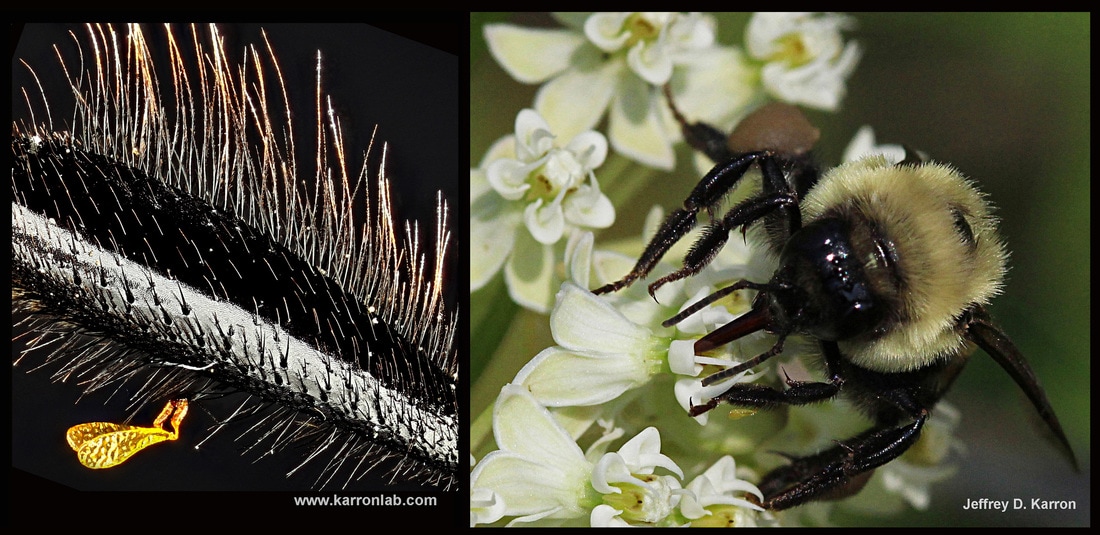
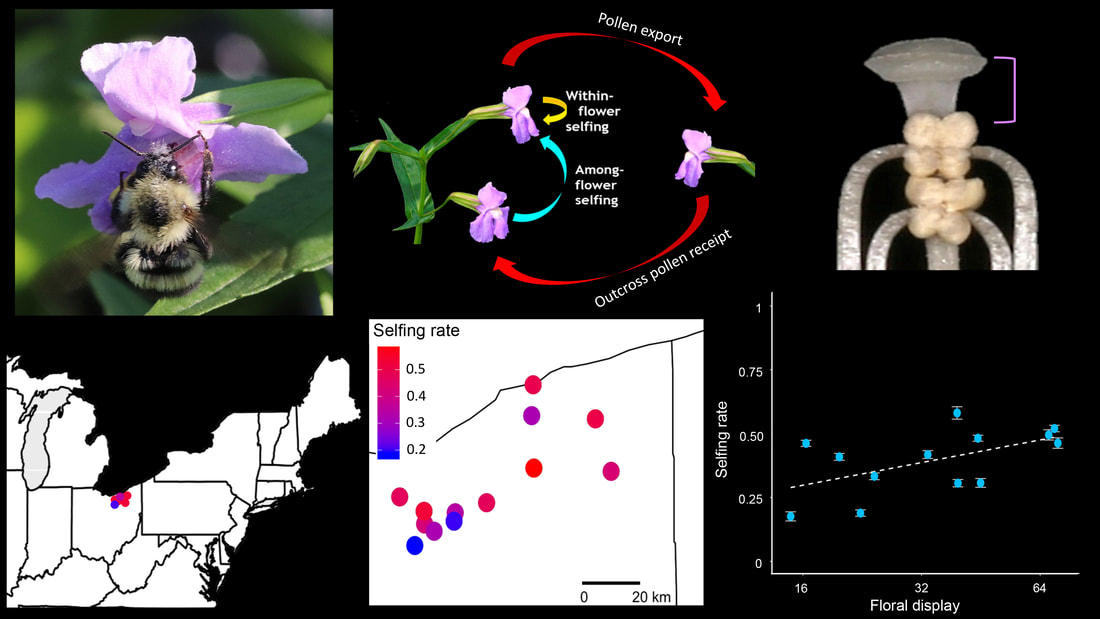
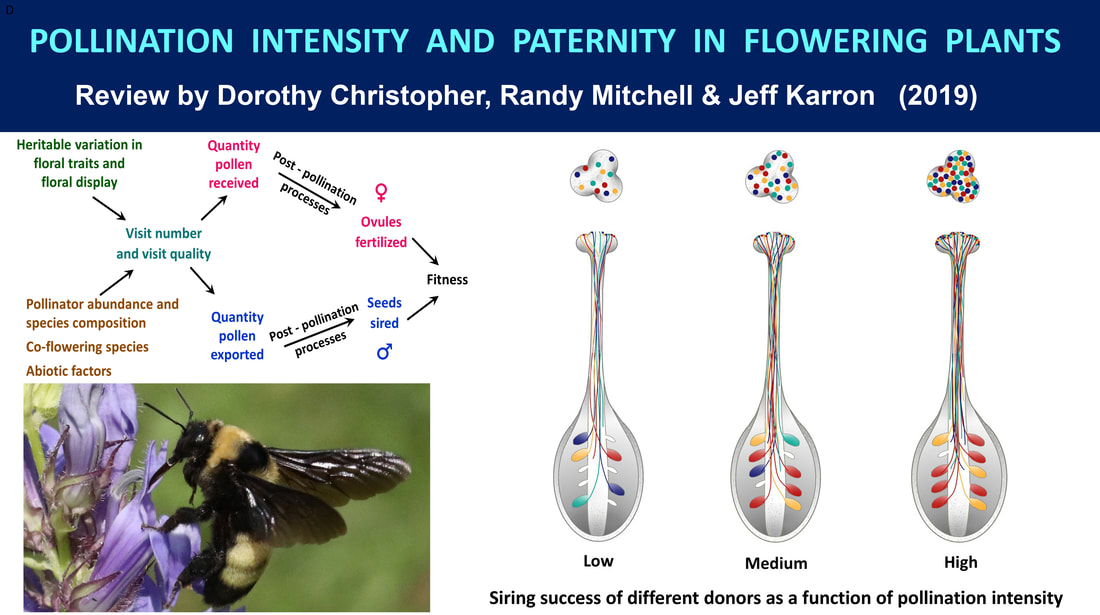
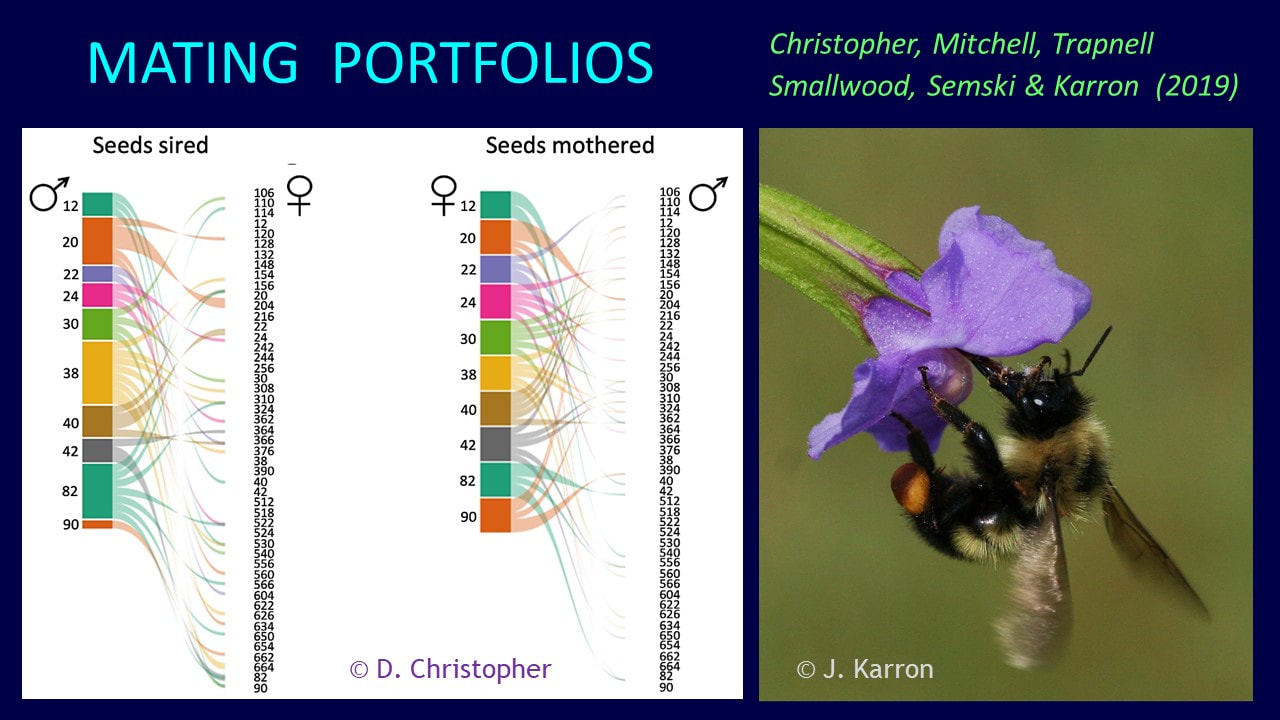
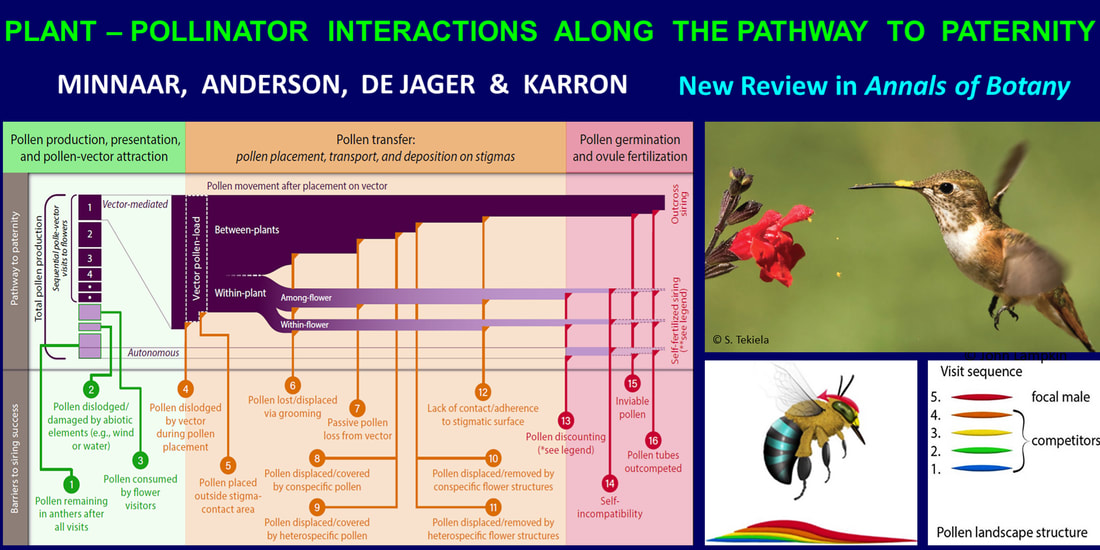
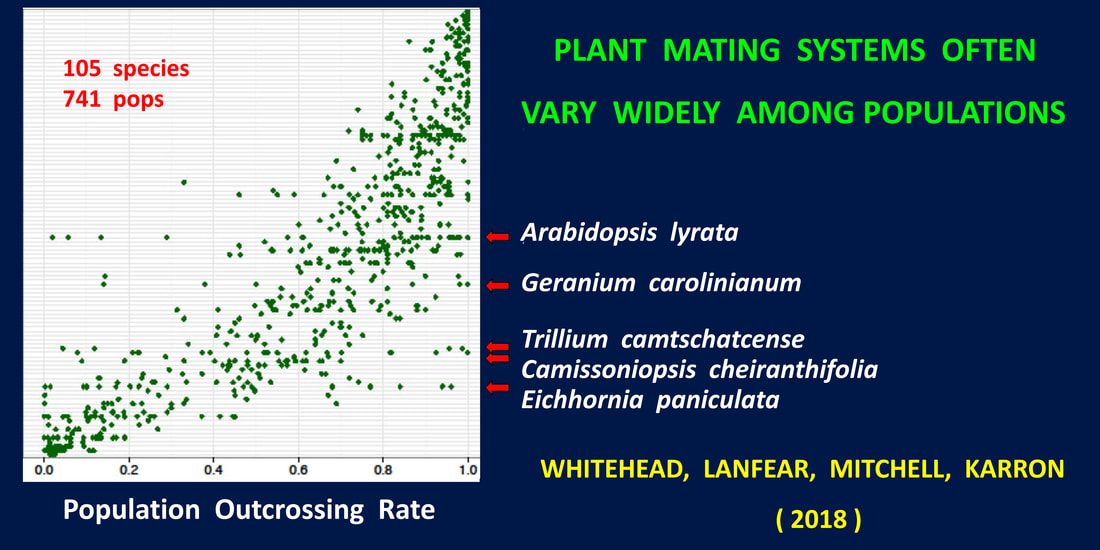
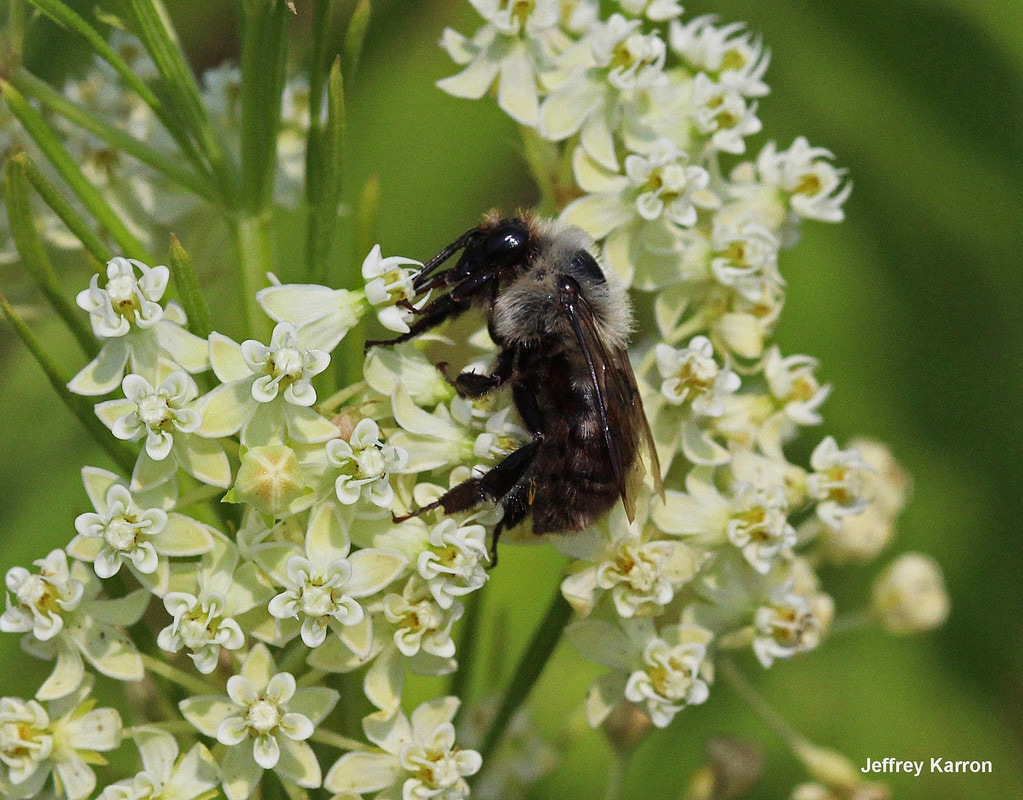
 RSS Feed
RSS Feed